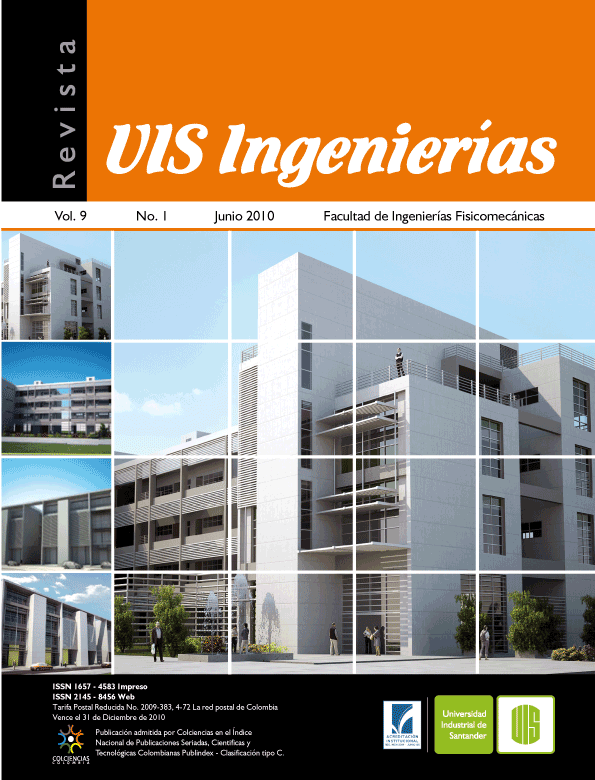Characterization of programmable logic devices implemented in a hydraulically actuated inverted pendulum
Published 2010-05-26
Keywords
- Programmable Logic Controllers,
- field point,
- microcontrollers,
- control devices,
- control systems
- industrial automation,
- sampling time,
- mechatronic design ...More
How to Cite
Abstract
The programmable logic controllers (PLC's), data acquisition modules (FieldPoint) and microcontrollers, are devices used currently as a platform for control systems, these systems allow perform repetitive tasks accurately and safely, seeking to ensure the quality of the products in the production process. Some of the principal features of control devices are: response speed, sampling time, precision and stability in industrial processes, these data are not always offered by manufacturers, thus hindering the appropriate control system selection to implement. This research work compares features of three device control, implemented in a pendulum drive by a electrohydraulic and electronic system, this mechanism is designed and built to serve as a point of comparison between different control devices, since depending on the design of the pendulum and its characteristics, is possible to evaluate the resolution and response time of these devices, these precision parameters are vital for the correct selection of control systems deployed in the industry.
Downloads
References
J. Balcells, J. Romeral, Automatas Programables, Primera edición, 1997, pp 3 – 10.
J. O. Smith, Mathematics of the Discrete Fourier Transform (DFT), Second Edition, 2007, pag 139-168.
O. Okatsiuhiko, Sistema de control en tiempo discreto, 2 edición, Prentice hall, 1996, pp 10-40.
J. U. Angulo, I. M. Angulo, Microcontroladores Pic, tercera edición, McGRAW-HILL, 2003, p 1.
J. D. Wilson, A. J. Buffa, Fisica, quinta edición, Pearson, 2003, pp 225-230.
H. L. Paul, C. Yang, Sistemas de Control en Ingenieria, Editorial pearson educacion. 1999, pp 4-35.
P. B. Ferdinand, E. Russell, Mecánica vectorial para ingenieros dinamica, sexta edicion, Mc Graw Hill, 2000, pp. 597-814
L. M. Robert P.E. Diseño de Elementos de Maquinas segund Edición. Editorial Prentice Hall. 1992, pp 230-300.
P. B. Ferdinand, E. Russell, Mecánica de materiales, tercera edición, Mc Graw Hill, 2002, pp. 30-47.
P. B. Ferdinand, E. Russell, Mecánica vectorial para ingenieros Estatica, sexta edicion, Mc Graw Hill, 1999, pp. 205-236.
O. Katsiuhiko, Ingeniería de Control Moderno, tercera edición, Pearson, 1998, pp 69-76
D. S. Mills, The physical pendulum: A computer-augmented laboratory exercise. Am. J. Phys. 48 (4) April 1980, pp. 314-316.
J. A. F. Gordillo, El péndulo invertido un desafio para el control no lineal, revista iberoamericana de automática e informática industrial, vol 2, N.2, abril 2005, pp 8-19.
R. A. T. Archila, Diseño Y Construcción De Un Péndulo Invertido. [Trabajo de grado]. Universidad Autónoma de Bucaramanga (UNAB), 2006.
A. R. Tello, E. A. F. Vela, Control de la posición de una bola sobre una barra basculante, pamplona Spain. septiembre de 1998, seminario anual de automática, electrónica industrial e instrumentación, (SAAEI 98), pp. 43-46.
H. Kent, J. Lundberg, K. Roberge, Classical Dual-Inverted-Pendulum Control, Massachusetts Institute of Technology Cambridge presented at the 2003 ieee,, conference on decision and control, MA 02139, pp 4399-4404.

